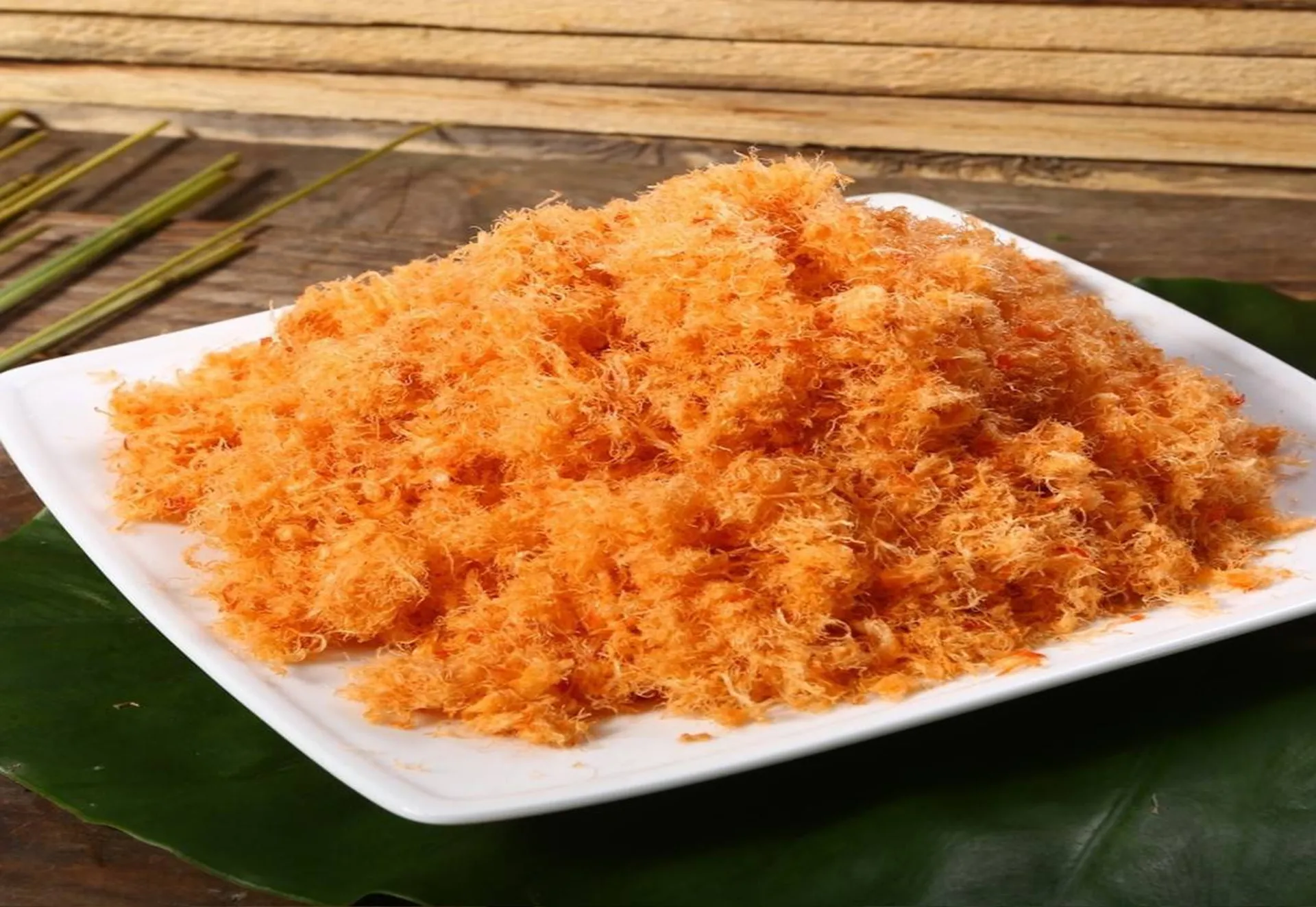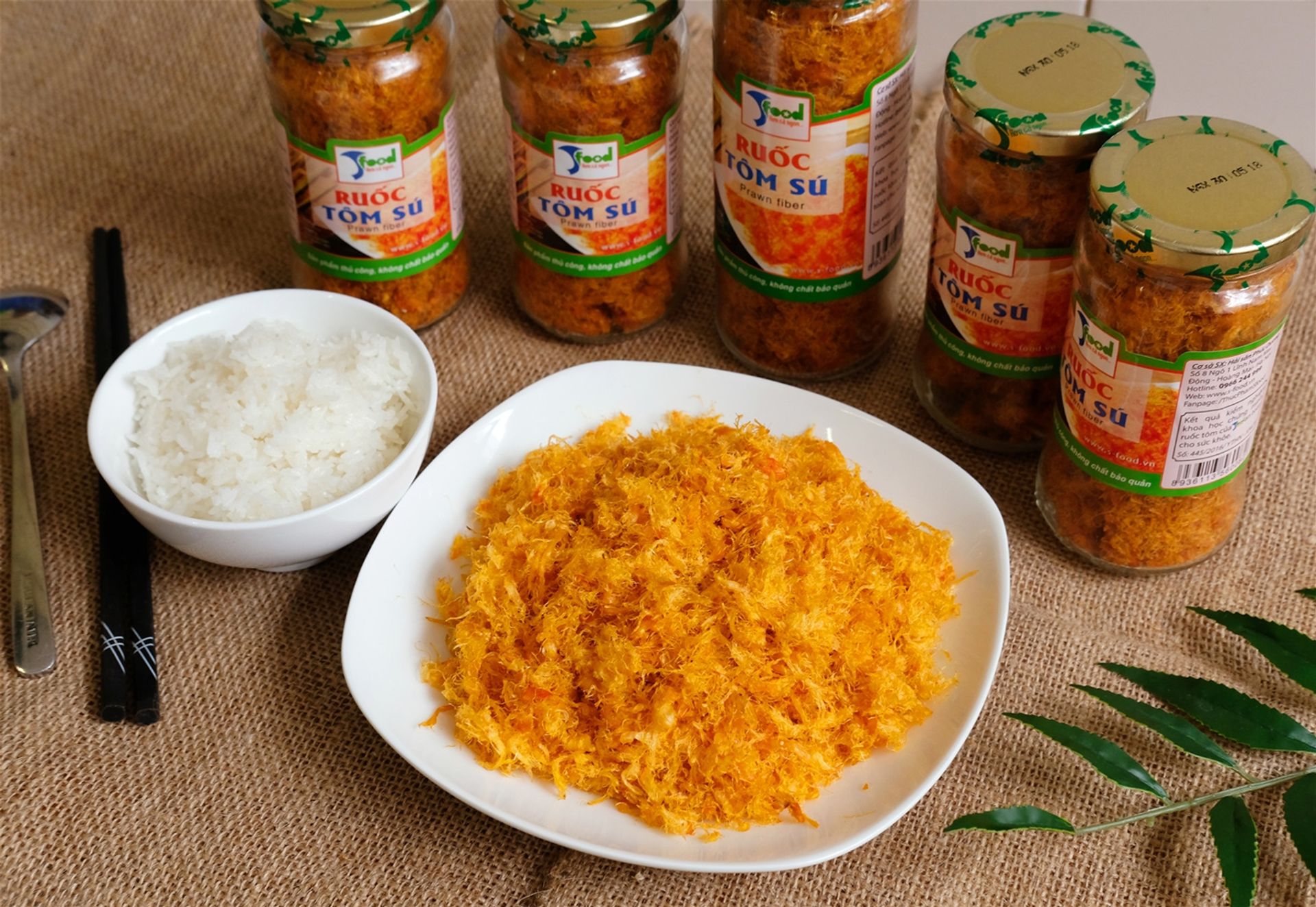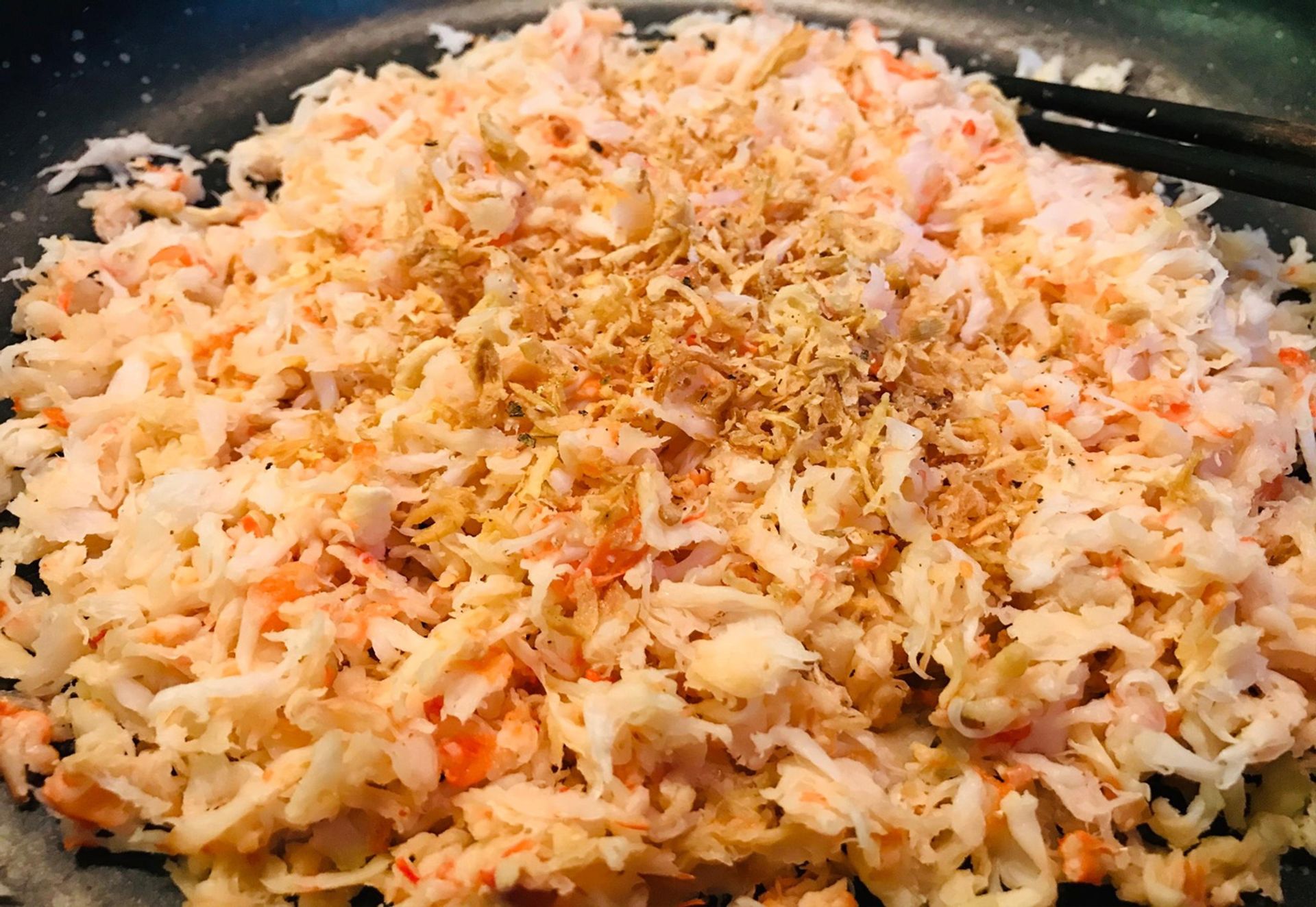
People must often use shrimp paste as a regular dish in family meals because it is a dry dish that is easy to prepare, has a delicious taste and is easy to preserve. Besides fresh shrimp, in Hai Phong, shrimp paste is also considered a famous and extremely popular specialty.
This is a dish suitable for all ages, loved by both the elderly and children because of its delicious taste. Shrimp paste is made from fresh shrimp, after cleaning, it is boiled with ginger and salt. After that, the shrimp will be peeled, sautéed with red onions, put in a blender, or pounded until they become thin strips. To preserve longer, people also roasted for gold.
Delicious taste, attractive aroma and hard to resist, shrimp paste is an easy food to combine, can be eaten with hot rice, porridge, bread, … sometimes as a snack. Besides, shrimp paste also has many necessary nutrients for the body and is very good for health – a delicious specialty that you should not miss when traveling in Hai Phong.
- Address: 8/433 Hung Vuong Street, Hung Vuong Ward, Hong Bang District, Hai Phong.
Source: Collected internet.
The North and North Central regions have a humid subtropical climate with 4 seasons: Spring, Summer, Autumn, and Winter. The Central and South Central regions have a tropical monsoon climate, the extreme South Central and Southern regions have tropical savanna characteristics. At the same time, it is directly influenced by the trade monsoon climate, which often blows in low latitudes. The South often has a tropical savanna climate, hot and humid with two seasons: dry season and rainy season (from April-May to October-November). Every year, the cold and humid winter typical of the North contrasts with the warm atmosphere of Tet and spring in the South.
The Vietnam National Gene Bank preserves 12,300 varieties of 115 species. The Vietnamese government spent US$497 million to maintain biodiversity in 2004 and has established 126 protected areas including 28 national parks. Vietnam has 2 world natural heritage sites: Ha Long Bay and Phong Nha - Ke Bang National Park and 6 biosphere reserves including Can Gio, Cat Tien, Cat Ba, Kien Giang, and River Delta mangrove forests. Hong and Tay Nghe An.
Vietnam has an area of 331,690 km², located in the east of the Indochina peninsula, in Southeast Asia. Sharing a border with three countries, Vietnam borders China to the north, Laos and Cambodia to the west, and the East Sea to the east. In 2019, Vietnam's population was more than 96 million people, ranking 13th in the world. Hanoi, the capital of Vietnam, is the second largest city with 6.2 million people, after Ho Chi Minh City, 8.8 million people.
As a province in the Southeast region, Binh Phuoc is known for its pristine and idyllic beauty. In recent years, Binh Phuoc is emerging as an interesting place to visit and explore for domestic and foreign tourists.

